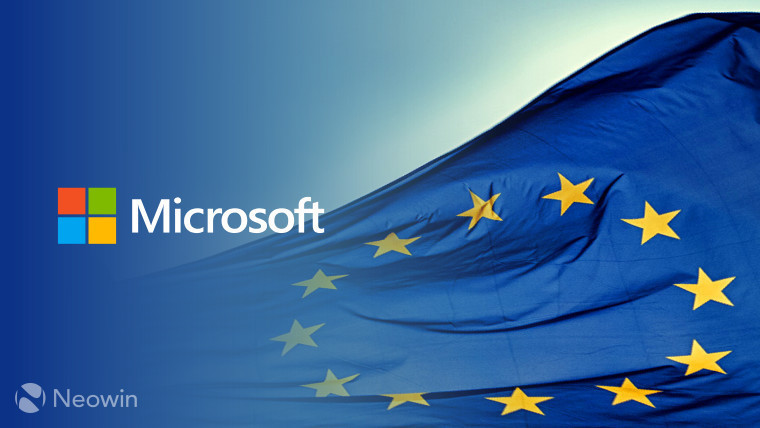
Microsoft has announced that its European Union cloud customers will be able to process and store parts of their data within the region starting on January 1, 2023. This "EU Data Boundary" will be rolled out gradually and will apply to all of the company's core cloud services, including Azure, Microsoft 365, Dynamics 365, and the Power BI platform.
The EU Data Boundary initiative was first introduced last year which aimed to protect the privacy of European users whose data would otherwise be transferred to the United States or other data centers across the globe.
To ensure a smooth transition, Microsoft has adjusted the timeline for the localization of additional personal data categories. In order to maintain high quality, stability, and security for its customers, the company plans to roll out ongoing enhancements to the boundary in phases.
Microsoft is expanding on its existing local storage and processing commitments with this new release, reducing the amount of data that flows out of Europe and further developing its data residency solutions. In future phases of the EU Data Boundary, the company plans to expand the solution to include the storage and processing of additional types of personal data, such as data provided during technical support.
Microsoft says that it has constructed more than 17 datacenters regions in Europe and has made plans to build nine new data center regions with investments exceeding $12 billion.
Microsoft's limited data transfers will ensure that EU customers can continue to benefit from global hyperscale cloud computing while also enjoying industry-leading data management capabilities. The transparency documentation, including data flow descriptions, will be available in the new EU Data Boundary Trust Center. This will allow customers to better understand how their data is being handled and processed.
















